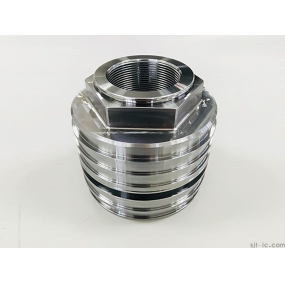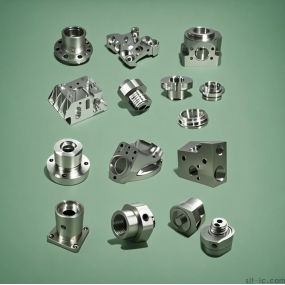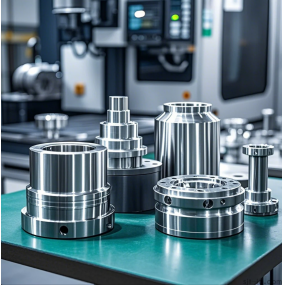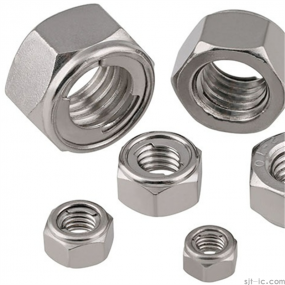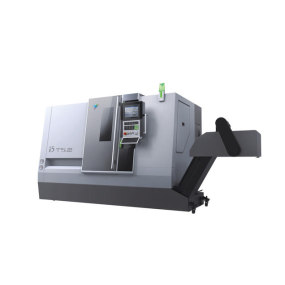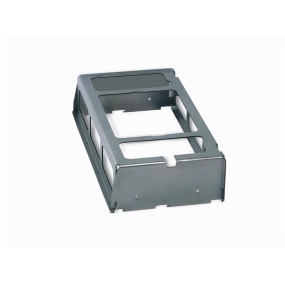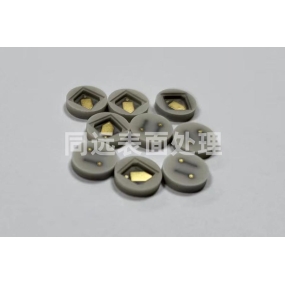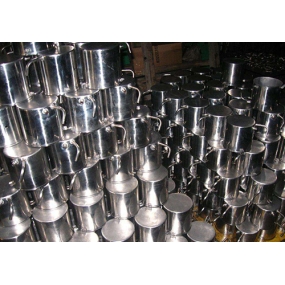Feeling shocked by a CNC Machining quote for your stainless steel part? You're not alone. 🤯 One day you get a reasonable number, the next, a price that makes you wonder if there's a mistake. The truth is, the cost isn't just pulled out of thin air. So, what actually drives the price up or down? Let's peel back the layers and see what you're really paying for.
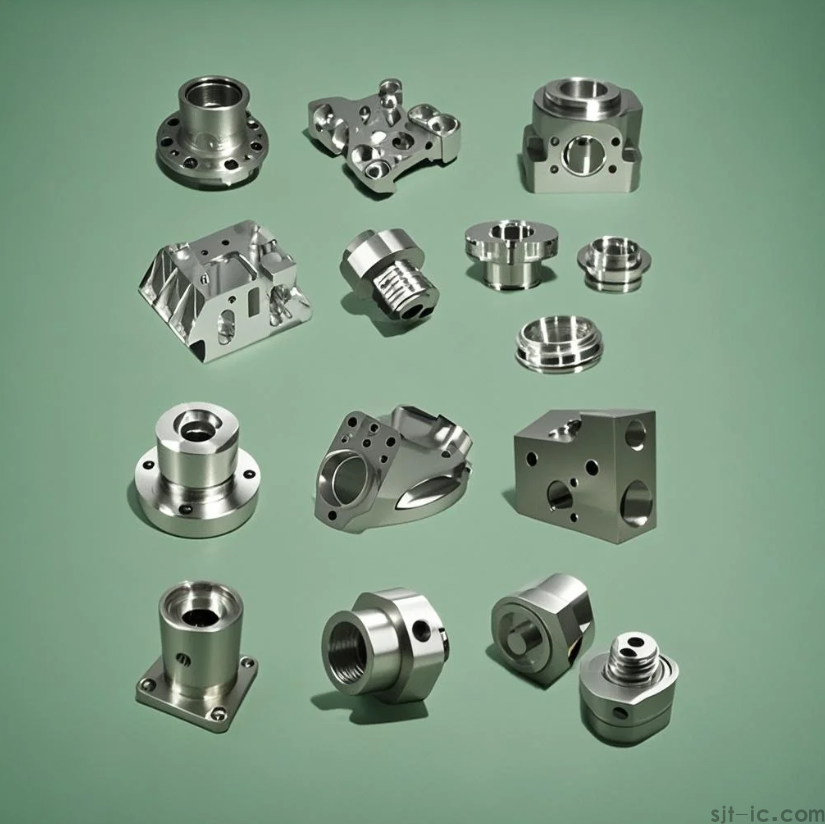
🤔 The Material Grade: It's Not Just "Stainless Steel"
First things first, "stainless steel" is a big family. The most common one you'll hear about is 304, it's like the reliable all-rounder. But if your part needs to fight off rust in a super harsh environment, you might need 316. That extra rust-fighting power comes with a higher price tag. Then there are ones like 303, which are tweaked to be easier to cut, which might save on machining time. The bottom line? The specific type of stainless steel you choose is the starting point for the cost.
⚙️ Part Complexity: Why Simple Shapes Are Your Wallet's Best Friend
This is a huge one. Imagine a simple block with a few holes in it. Now, imagine a complex, curvy component with deep pockets and tiny, intricate features. Which one do you think takes longer to make? The complex part needs more sophisticated tool paths, might require special tools, and definitely eats up more machine time. More time on the machine = higher cost. It's that simple. I often see people design a part that is stronger than it needs to be, or more complex than necessary, which drives the cost up for no real benefit.
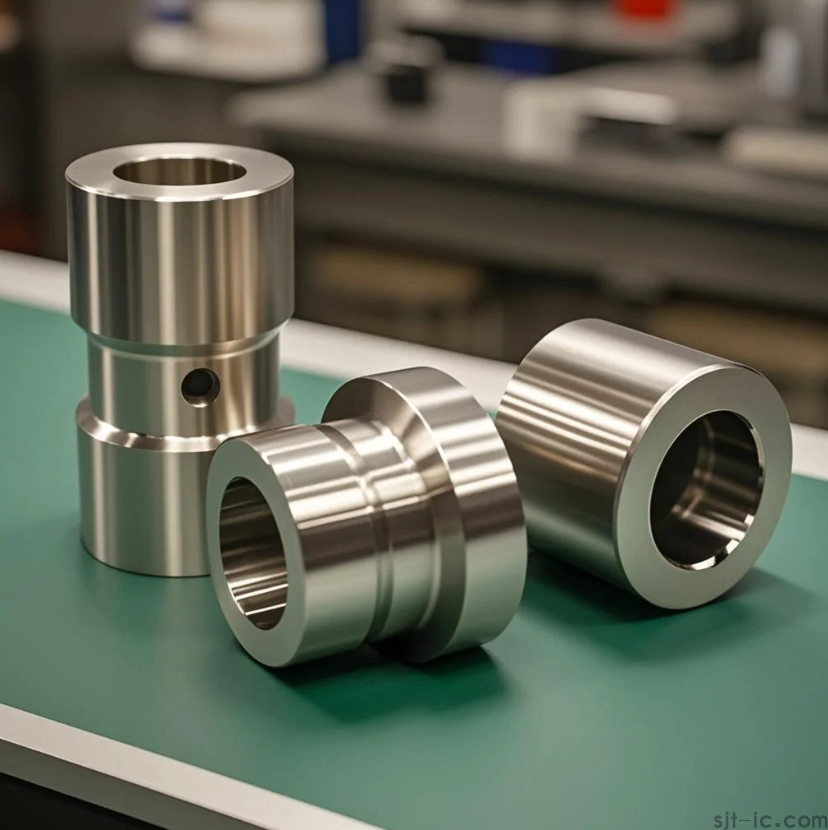
📐 Tolerances and Finishes: The Quest for Perfection Costs Extra
How precise does your part need to be? If a measurement of +/- .1 mm is fine, that's standard and manageable. But if you need a tight tolerance of +/- .025 mm, that's a whole different ball game. The machine has to go slower, the operator needs to be more careful, and it might need extra inspection steps. The same goes for the surface. A standard milled finish is one thing, but a mirror polish is another. Each of these "extras" adds to the labor and time. Although, to be honest, the exact cost jump for moving from one surface quality to another can sometimes be a bit of a black box, depending on the shop.
📊 Order Quantity: The Magic of Spreading the Cost
This is where you can really see a difference. Making one single part has a high "setup" cost. The machine needs to be programmed, tools set up, and first article inspection done. That's a fixed cost. If you're making 100 pieces, that setup cost is spread out over all 100 parts, making the price per part much lower. However, it's worth mentioning that for very, very large quantities, other methods like casting might become more cost-effective than CNC machining. The mechanism behind that crossover point is something I'm still learning about.
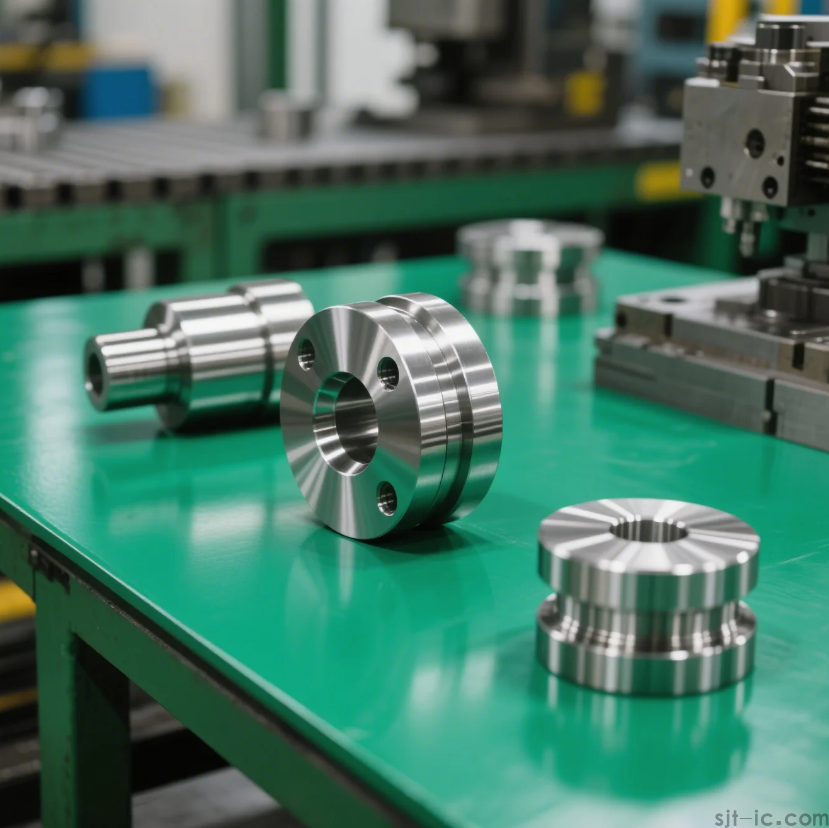
💡 A Little Knowledge Goes a Long Way
So, the next time you're getting a quote, don't just look at the final number. Think about the material grade, the complexity of your design, how precise it really needs to be, and how many you're ordering. Sometimes, a small design tweak can lead to massive savings without hurting the part's function. Being able to have a conversation with your supplier about these factors not only gets you a better price but also builds a stronger partnership. After all, they'll see you as a knowledgeable buyer, not just someone asking for a price.


 Spanish
Spanish Arabic
Arabic French
French Portuguese
Portuguese Belarusian
Belarusian Japanese
Japanese Russian
Russian Malay
Malay Icelandic
Icelandic Bulgarian
Bulgarian Azerbaijani
Azerbaijani Estonian
Estonian Irish
Irish Polish
Polish Persian
Persian Boolean
Boolean Danish
Danish German
German Filipino
Filipino Finnish
Finnish Korean
Korean Dutch
Dutch Galician
Galician Catalan
Catalan Czech
Czech Croatian
Croatian Latin
Latin Latvian
Latvian Romanian
Romanian Maltese
Maltese Macedonian
Macedonian Norwegian
Norwegian Swedish
Swedish Serbian
Serbian Slovak
Slovak Slovenian
Slovenian Swahili
Swahili Thai
Thai Turkish
Turkish Welsh
Welsh Urdu
Urdu Ukrainian
Ukrainian Greek
Greek Hungarian
Hungarian Italian
Italian Yiddish
Yiddish Indonesian
Indonesian Vietnamese
Vietnamese Haitian Creole
Haitian Creole Spanish Basque
Spanish Basque

